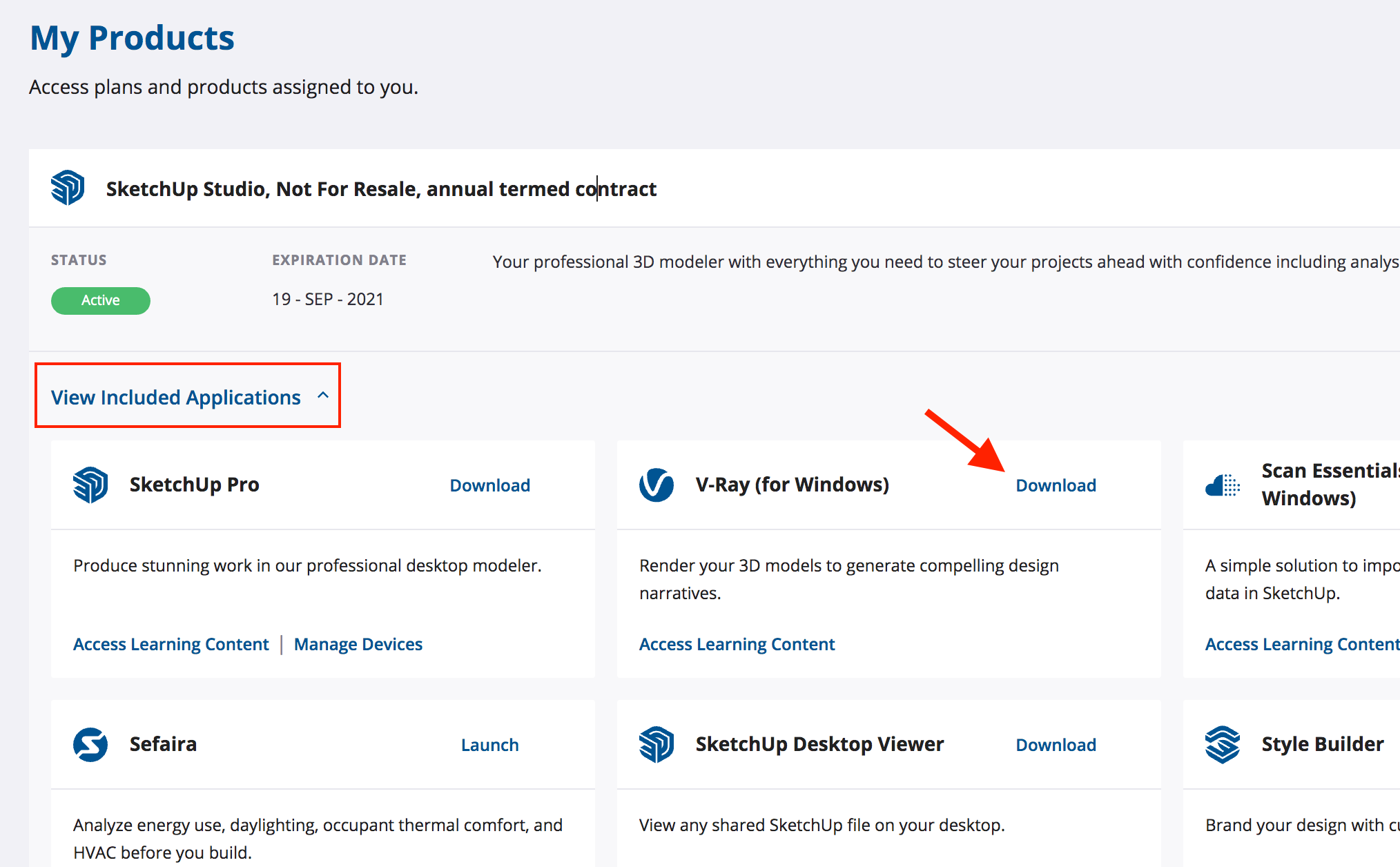

For “Paint”, you are able to set the “Diffuse Color”, “Reflection”, “Reflection Glossiness”, “IOR”, “Max Depth”, and “Bump” while for “Car Paint”, you can adjust the “Base Color”, “Base Glossiness”, “Flake Color”, “Flake Density”, “Flake Scale”, “Flake Size”, “Coat Color”, “Coat Glossiness”, “Coat Strength”, and “Bump”. The settings differentiate purposely for every material type. Adjacent to the “Material List” is the “Quick Settings” tab, where you can change some properties of your selected material, in which you can initially set it whether “Generic”, “Paint”, “Plastic”, “Metal”, “Glass”, “Liquid”, “Gem”, “Car Paint”, “Emissive”, and “Subsurface Scattering”. This serves as a guide as you go through the settings. On the upper portion, the material can be viewed as it can be seen when rendered.
Overview The Stochastic Flakes material results from modifying the Generic material and cannot be found in the Creation menu of V-Ray Asset Editor.Find out how V-Ray 5 can make it faster and easier to create your best work. Vrmat file” button at the lower left of the tab.This page provides information about the Stochastic Flakes material in V-Ray for SketchUp. In fact, you can save such custom material by right clicking on your selection and choosing “save as” and you can load it later on by “Import. This allows you to modify some values or to apply a different map or texture - a customization.
They can both help you create stupefying gives, but their features and how you incorporate them into your SketchUp workflow are vastly different, which is why it’s so hard to compare them head to honcho.The easiest option (with quality) of applying VRay materials is to use presets. 7 Comparisons of Vray vs Lumion for Sketchup, Which is right for you V-Ray or Lumion. Chaos Group's award-winning physically-based.
You can create your own category by adding a new folder and renaming it. When you are able to acquire one, just add the file in the materials folder, which is located in the extensions folder of VRay for Sketchup - or simply go to C:\Program Files\Chaos Group\V-Ray\V-Ray for SketchUp\extension\materials. Vrmat file format (old version is in.
Vrmat file” button - the same as previously mentioned. Another option is to import it through the “Import. Drag the material to your “Material List”, and you can now set it up or apply directly to your scene objects. Just click on the left side arrow of the window, and the folders found in the said location can now be accessed in the program.



 0 kommentar(er)
0 kommentar(er)
